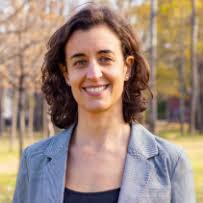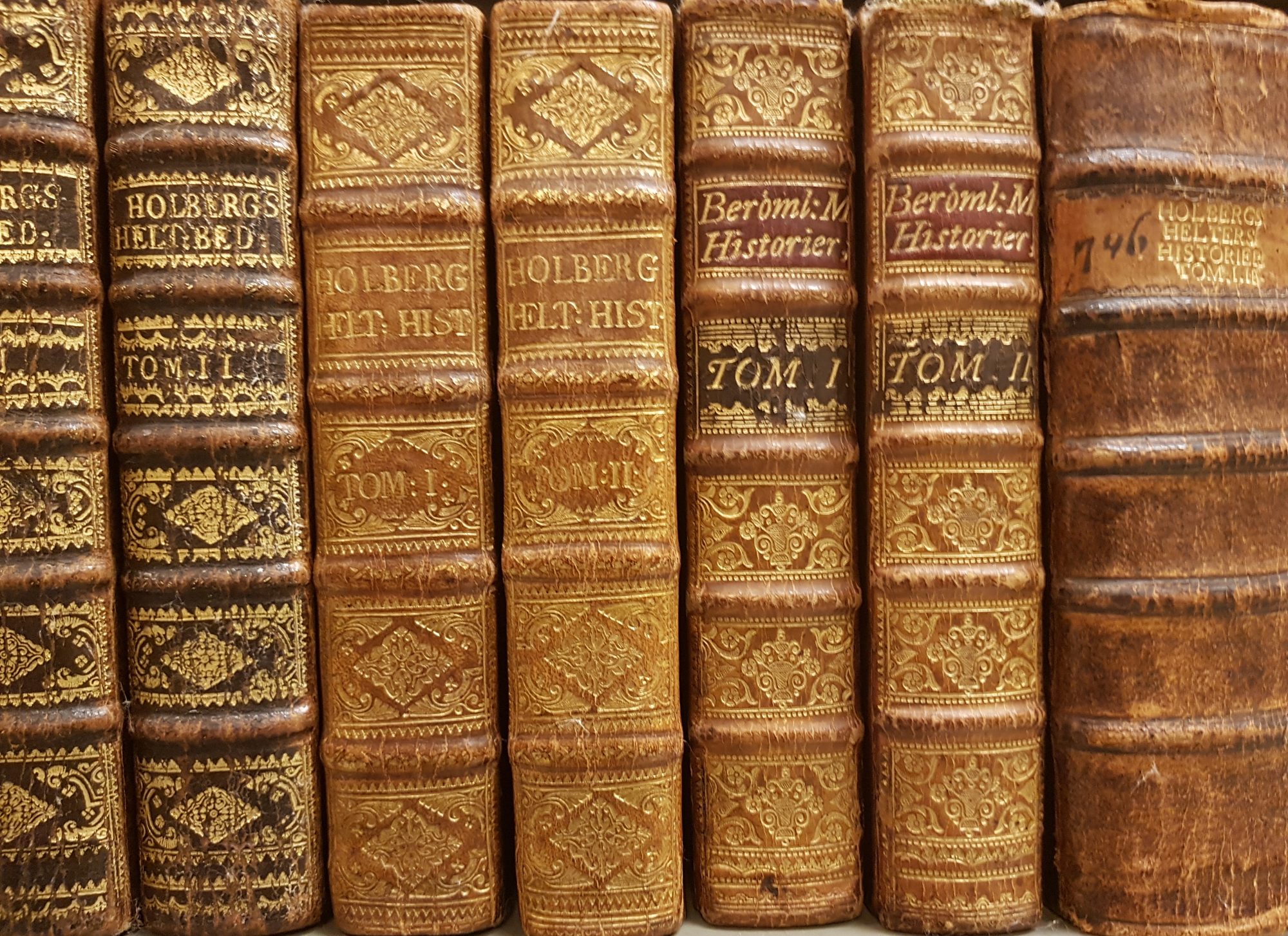We welcome a note from Flavia Bieczynski, GU research guest who has recently done an internship at the Biomedical library. Flavia is a Biologist and research assistant at CONICET (National Scientific and Technical Research Council from Argentina). She has been working in science for nearly 15 years focused on animal physiology and aquatic ecotoxicology.

Currently, I am a research guest at the University of Gothenburg in Dr. Celander’s lab (Department of Biological and Environmental Sciences) with financial support from Wenner-Gren Foundation.
In parallel to my scientific work, I am completing a degree in Library and Information Sciences with the goal of combining this new knowledge with my scientific training. During May 2024, I completed an internship at the Biomedical Library of the University of Gothenburg, which is a required component of my degree program. This experience solidified my interest in pursuing a career in library science in combination with my scientific training.
In June of this year, I visited the Lighthouse collection of the University at the Biomedical Library as part of my internship in this library. This special collection, that includes lighthouses from around the world, was created by Esbjörn Hillberg, and Anna Lindemark from the Cultural Heritage Team at the University Library is the librarian that brings light to the collection.
The word ’lighthouse’ is often used metaphorically to signify illuminating areas for exploration, and this is precisely the feeling I get from this collection. Anna serves as a guide, illuminating the collection with her knowledge and meticulous work in organizing it, while also respecting the original organization established by its creator.
The first thing that caught my attention was the topic itself – lighthouses. There is something special that piques my curiosity about people’s lives in relation to lighthouses and the evolution of these structures throughout history. During my visit, Anna shared some fascinating stories about the sea and these special buildings. Lighthouses certainly have a unique charm that can inspire the desire to collect everything related to them. The second aspect that impressed me was the breadth of the collection, which includes materials from all over the world, in different languages, from various periods, and in many forms, from technical books, documents and reports to magazines and journals, and fiction books for both adults and children.
I believe the collection offers a valuable opportunity for researchers across various fields, from the humanities and social sciences to technological and exact sciences. Topics that come to mind include the history of the lighthouse, its architecture and function in relation to navigation and trade history, as well as the social and political aspects of the lives of those who lived in lighthouses (including gender roles, work conditions, communication and psychological impact). Additionally, investigating contemporary aspects such as lighthouses as cultural heritage, their preservation, and their role in tourism would also be of great interest.
